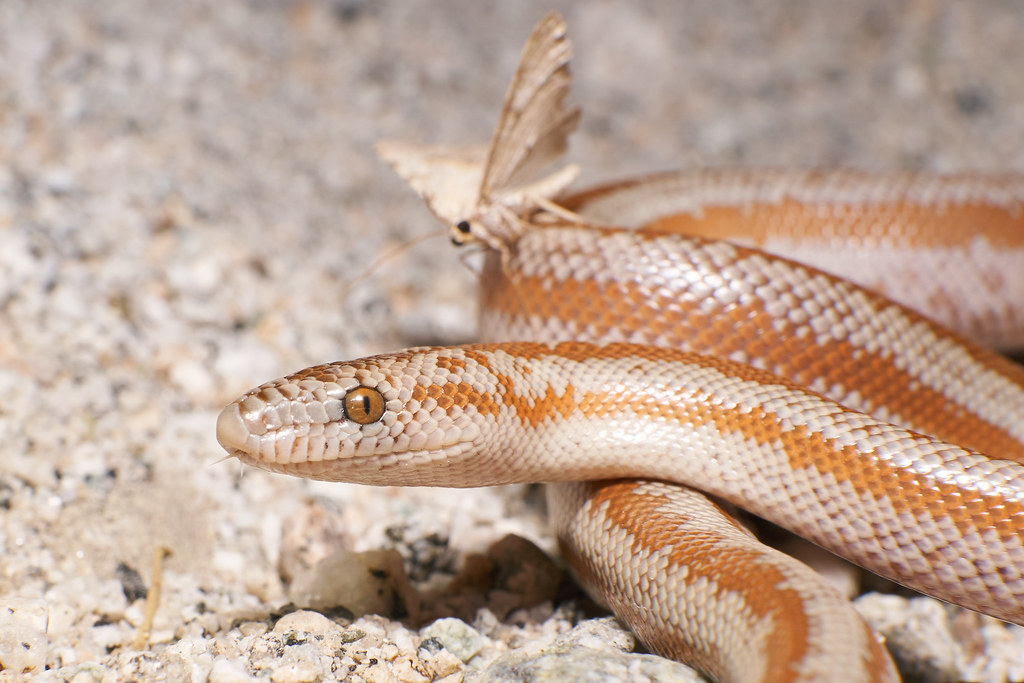Beneath the scorching surface of the world’s harshest deserts lies a hidden realm where temperatures remain stable and moisture lingers in the darkness. These underground sanctuaries—caves carved by ancient waters or volcanic activity—harbor specialized creatures adapted to life in perpetual shadow. Among these remarkable cave-dwellers is a group of serpents that have evolved to thrive in these subterranean desert environments. These snakes represent nature’s incredible adaptability, managing to survive in ecosystems that combine two seemingly contradictory habitats: the arid desert and the sheltered cave. Their story is one of specialized adaptations, remarkable survival strategies, and evolutionary ingenuity in the face of extreme conditions.
The Desert Cave Ecosystem: A Refuge in Harsh Landscapes
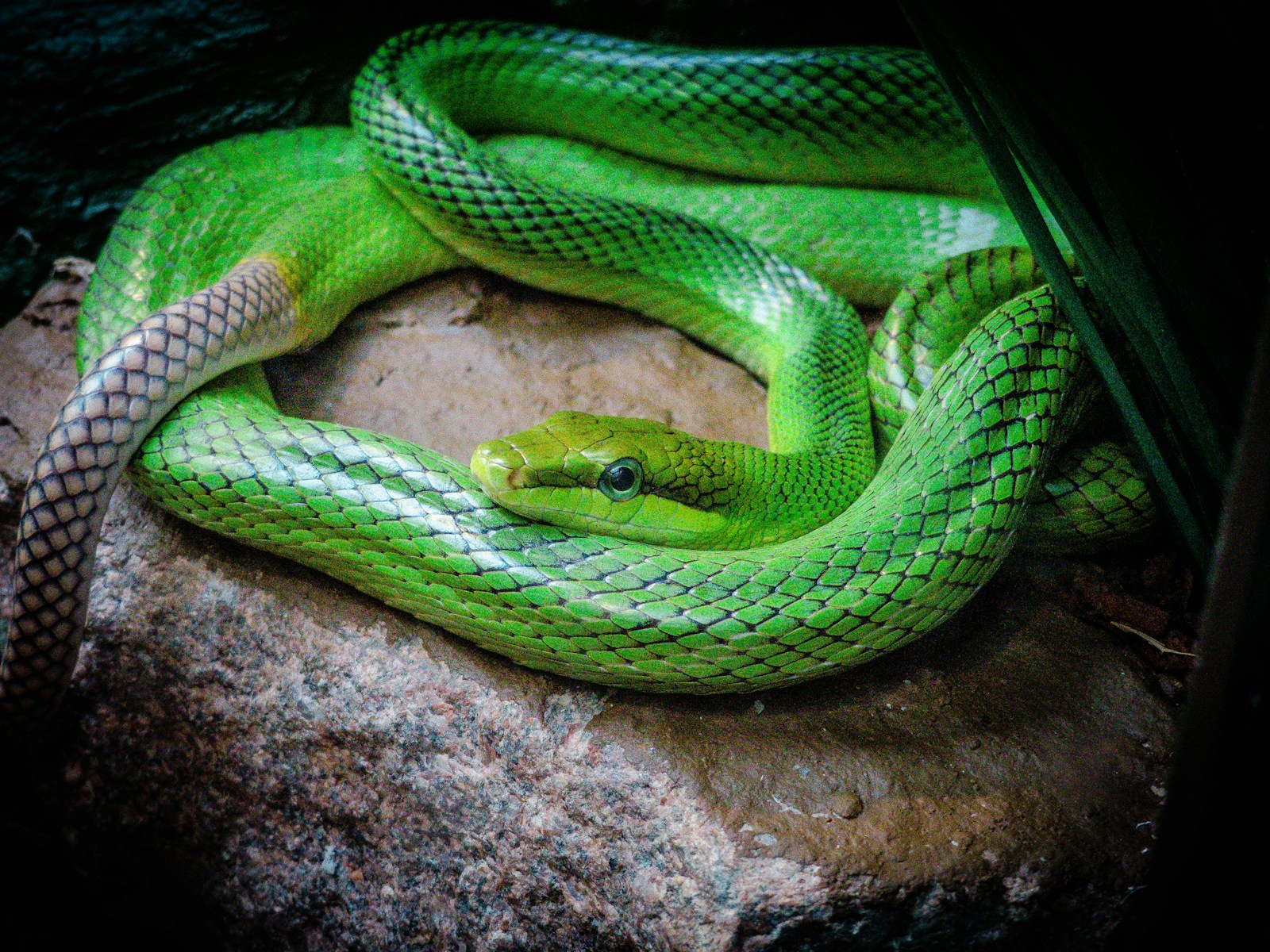
Desert caves create a microhabitat vastly different from the blistering environment above. While surface temperatures may fluctuate wildly from scorching days to freezing nights, caves maintain relatively stable temperatures year-round, typically reflecting the annual average temperature of the region. This thermal stability makes caves crucial refuges for desert wildlife seeking shelter from extreme conditions. Additionally, desert caves often contain significantly higher humidity levels than the surrounding landscape, with water condensation occurring on walls and ceiling surfaces. This precious moisture, combined with the darkness and relative protection from predators, creates a specialized ecological niche that supports unique food webs—from microorganisms and insects to larger creatures including specialized snake species.
The Rosy Boa: Master of Desert Cave Habitation
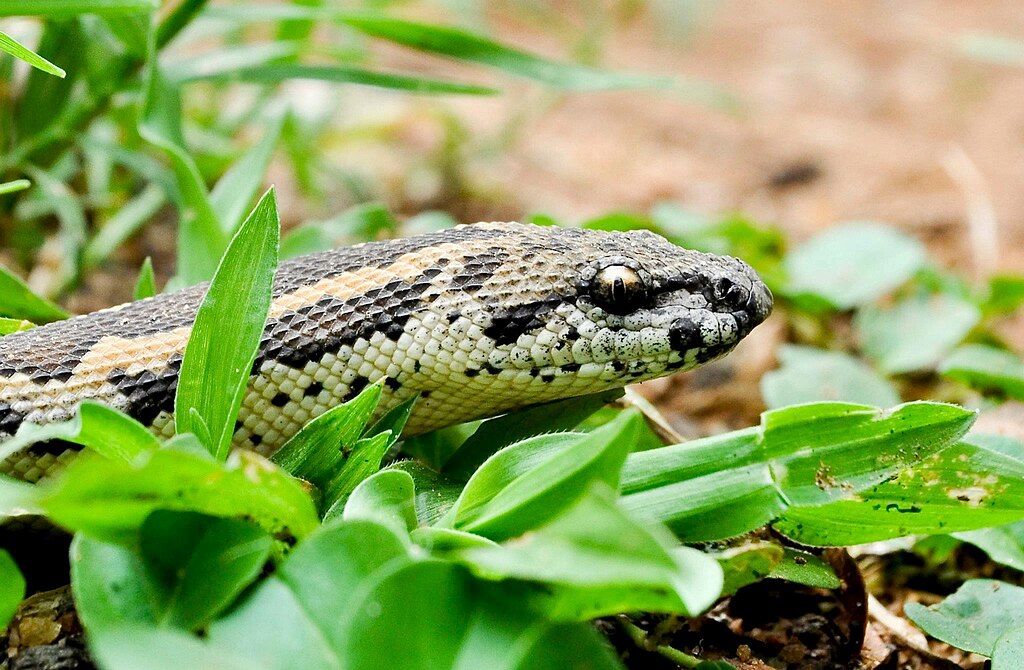
One prominent example of a desert cave-dwelling serpent is the Rosy Boa (Lichanura trivirgata), found throughout the southwestern United States and northern Mexico. These medium-sized, non-venomous constrictors have developed a particular affinity for rocky desert habitats, including caves and deep crevices. Their thick, muscular bodies and relatively small size (typically 2-3 feet in length) allow them to navigate tight spaces within cave systems. Rosy Boas are particularly well-adapted to the temperature fluctuations of desert environments, using caves as thermal refuges during extreme heat or cold. Their beautiful coloration, featuring three longitudinal stripes against a background of cream, gray, or brown, provides effective camouflage against the mottled surfaces of rocky cave interiors.
The Night Snake: Hunting in Desert Darkness
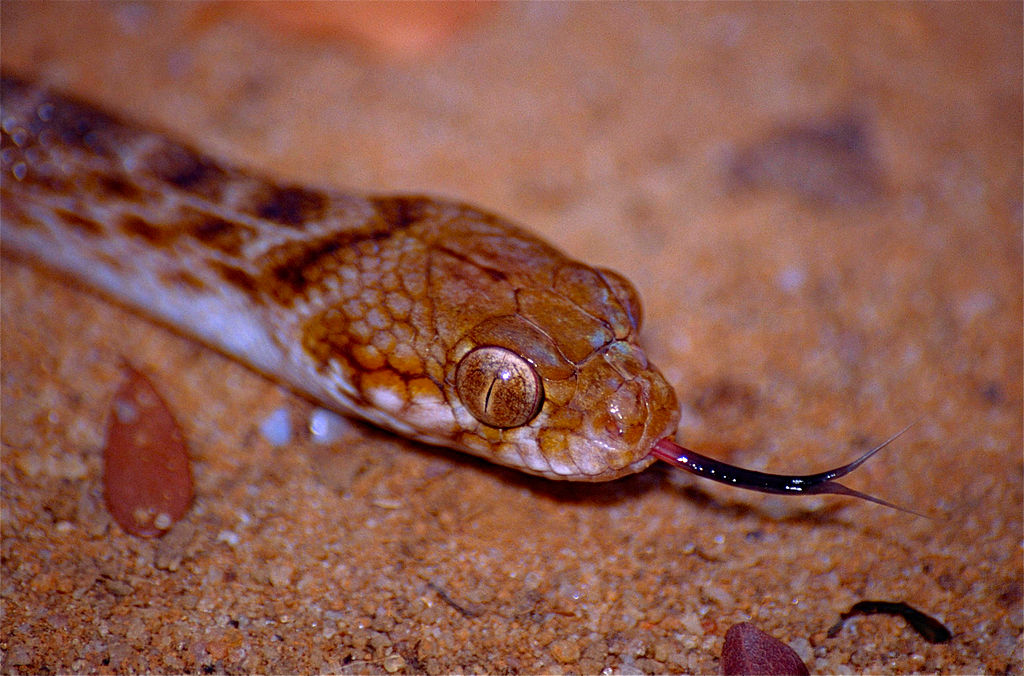
The Night Snake (Hypsiglena torquata) represents another serpent species frequently found utilizing desert caves. These small, mildly venomous snakes have evolved specialized hunting techniques perfectly suited to both desert and cave environments. With vertically elliptical pupils that open wide in darkness, Night Snakes possess exceptional night vision that serves them well in the perpetual darkness of caves. Their diet consists primarily of lizards, small rodents, and other small snakes that also seek shelter in cave environments. Night Snakes are particularly adept at hunting in confined spaces, using their slender bodies to pursue prey into narrow crevices within cave systems. Their venom, while mild to humans, is highly effective against their small prey, allowing for efficient hunting in the resource-scarce desert cave ecosystem.
Physiological Adaptations to Cave Life
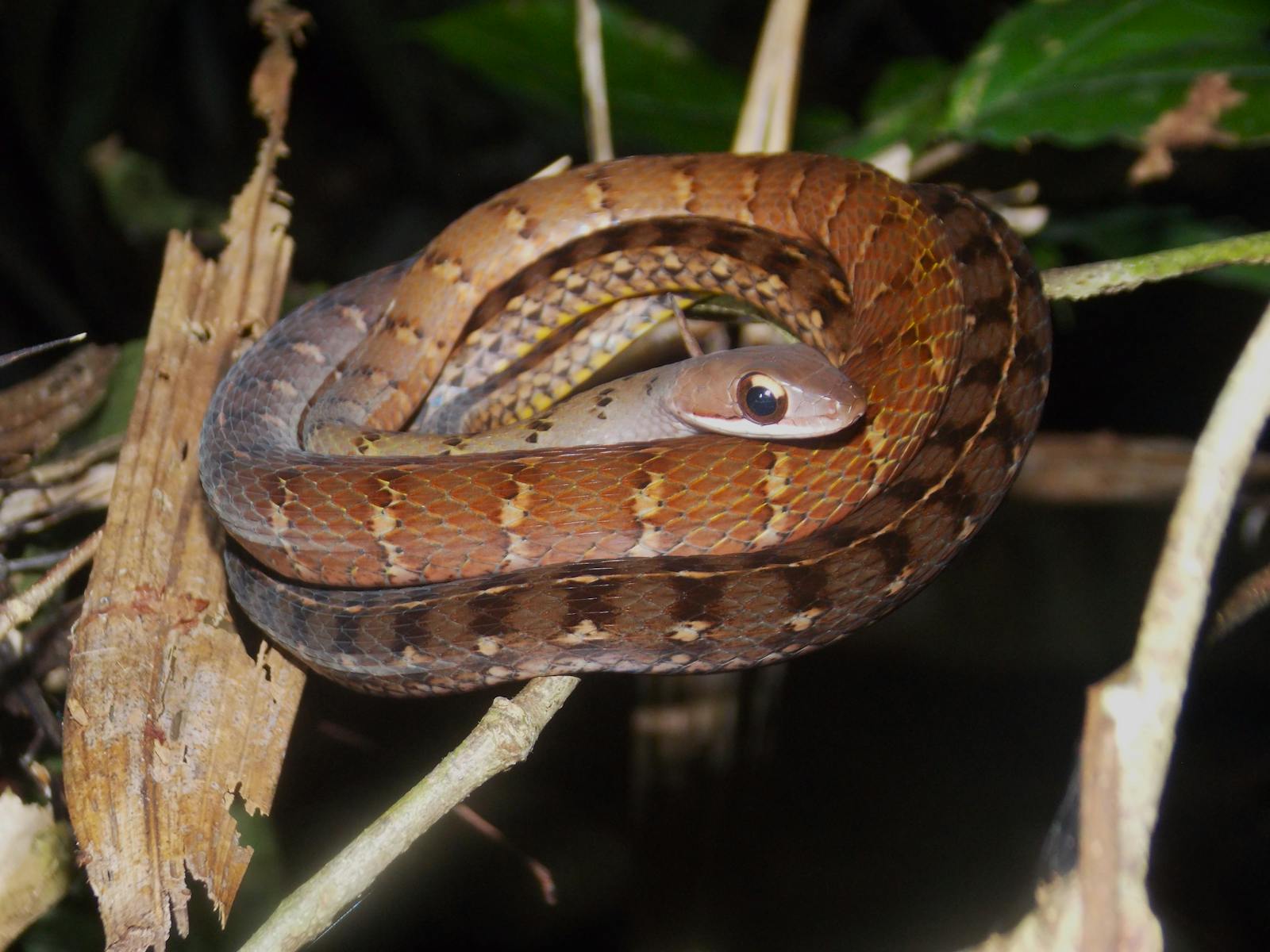
Snakes inhabiting desert caves have developed remarkable physiological adaptations to their unique environment. Many species have evolved enhanced sensory systems to compensate for the minimal light conditions, including highly sensitive infrared detection capabilities in pit vipers and refined chemosensory abilities in most cave-dwelling species. Their metabolic rates have typically adjusted to the more stable temperatures and limited food resources of cave environments, allowing them to survive on fewer meals than their surface-dwelling counterparts. Some desert cave snakes have also developed specialized skin that is less prone to water loss, helping them retain precious moisture in the relatively humid but still arid cave atmosphere. Additionally, many species show reduced pigmentation compared to their surface relatives, reflecting the limited evolutionary pressure for camouflage in dark environments.
Behavioral Adaptations of Cave-Dwelling Serpents
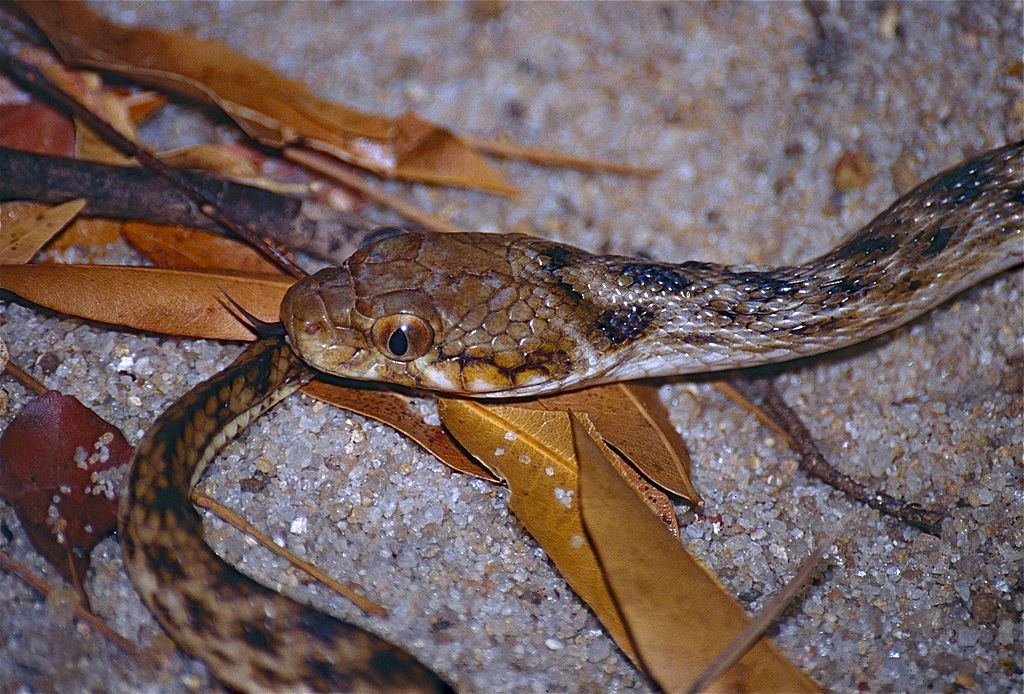
Beyond physical adaptations, snakes living in desert caves exhibit fascinating behavioral adaptations to their environment. Many species become primarily nocturnal, venturing out from their cave refuges during cooler desert nights to hunt and returning before the scorching daytime heat. These snakes often develop exceptional spatial memory, able to navigate back to their cave homes even after traveling significant distances. Some species establish complex territories within cave systems, defending prime spots that offer the best combination of humidity, temperature, and proximity to prey. Social behavior, relatively rare in snakes generally, has been observed in higher frequencies among some cave-dwelling populations, with multiple individuals sharing preferred cave sections during extreme weather conditions.
The Western Diamondback: Desert Cave Opportunist

The Western Diamondback Rattlesnake (Crotalus atrox) represents one of the most iconic desert predators that frequently utilizes caves as part of its survival strategy. These formidable pit vipers don’t live exclusively in caves but are opportunistic in exploiting these environments during extreme temperature events or for winter brumation (reptilian hibernation). Their heat-sensing pits give them a distinct advantage in the darkness of caves, allowing them to detect warm-blooded prey even in complete darkness. Western Diamondbacks have been documented traveling several miles to return to preferred cave brumation sites, demonstrating remarkable navigational abilities. In some desert regions, certain caves have become known as “rattlesnake dens,” housing dozens or even hundreds of these reptiles during winter months—a testament to the critical role caves play in their life cycle.
The Gopher Snake: Adaptable Cave Predator
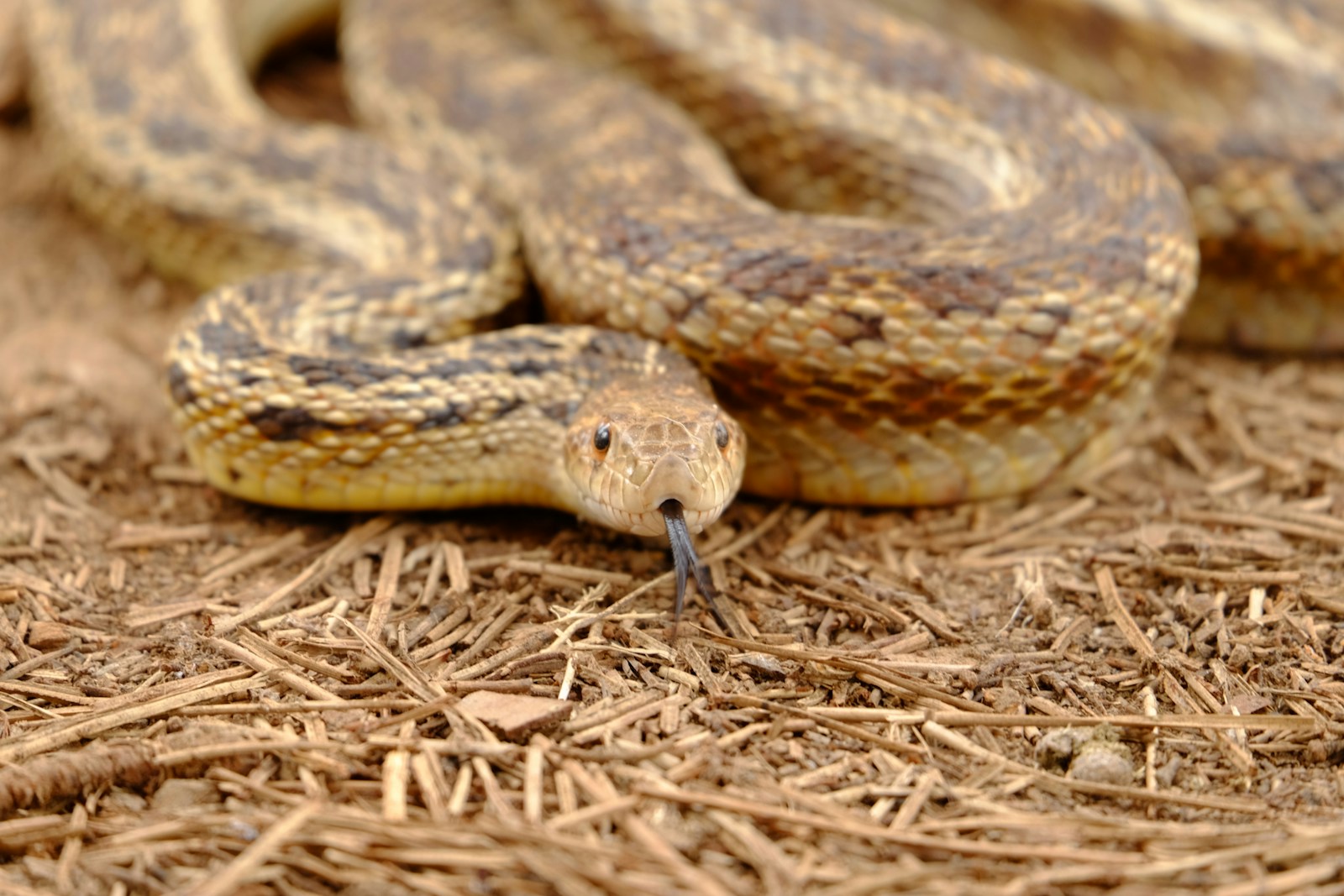
The Gopher Snake (Pituophis catenifer), particularly its desert subspecies, has established itself as another highly adaptable serpent that successfully utilizes cave environments throughout the American Southwest. These large, powerful constrictors can reach lengths of over six feet, yet their flexible bodies allow them to access surprisingly narrow cave entrances and passages. Gopher Snakes are renowned for their varied hunting strategies, equally comfortable pursuing rodents underground in burrows or ambushing prey from concealed positions within cave entrances. Their exceptional climbing abilities allow them to exploit vertical features within cave systems, accessing roosting bats or birds that nest on high ledges or ceiling crevices. Despite lacking venom, their powerful constriction and aggressive defensive display—which includes flattening their heads, hissing loudly, and vibrating their tails in rattlesnake mimicry—make them formidable predators in the desert cave ecosystem.
Reproductive Strategies in Underground Environments
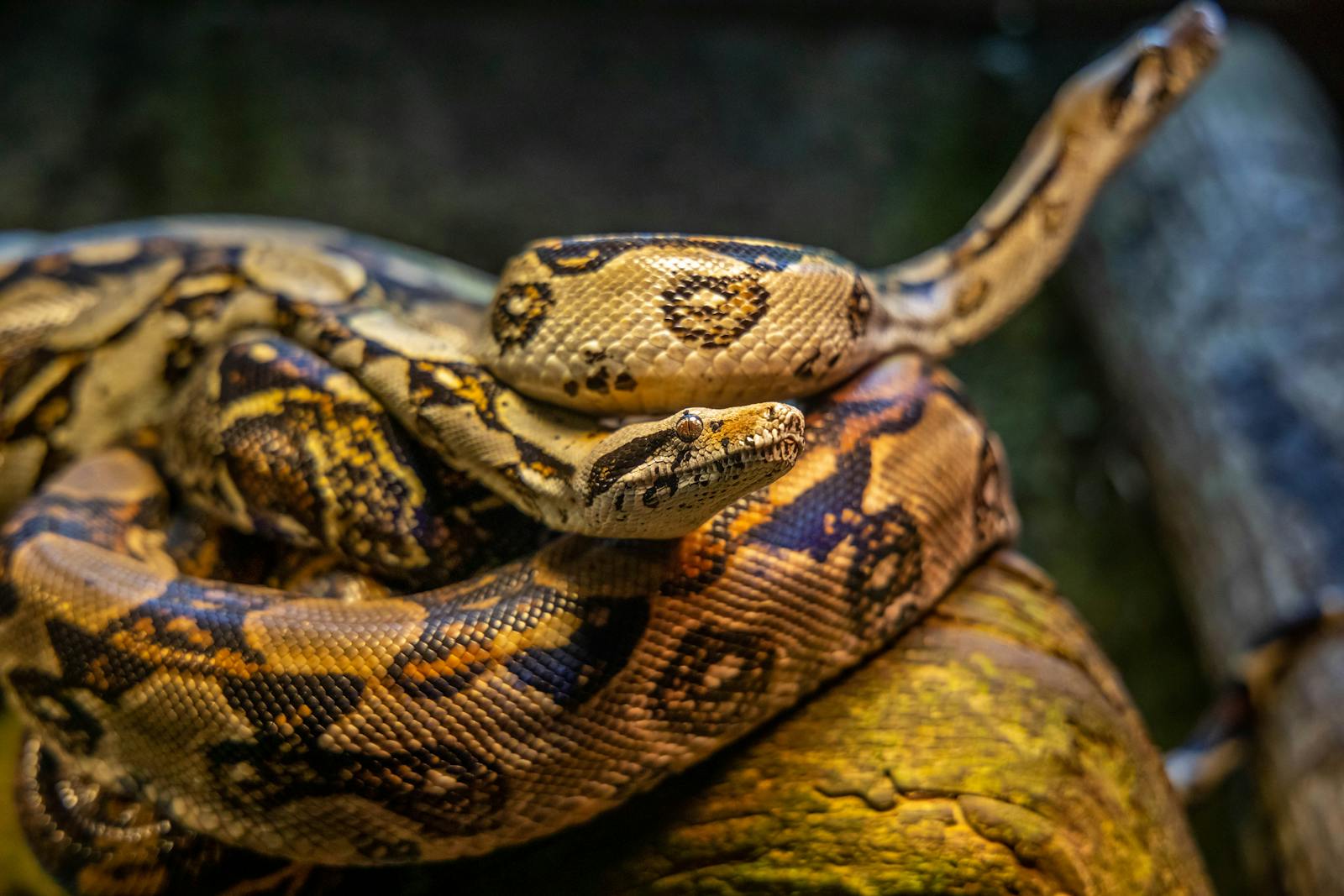
Cave-dwelling desert snakes have evolved specialized reproductive strategies adapted to their unique habitats. Many species time their breeding cycles to coincide with periods when prey is most abundant in and around cave systems, ensuring adequate nutrition for gravid females. Cave environments, with their stable temperatures and relative protection from predators, often serve as ideal nursery sites for egg-laying species. Some viviparous (live-bearing) species, like certain rattlesnakes, specifically seek out caves during gestation, as the stable temperatures help optimize embryonic development. Young snakes born in cave systems face the challenge of dispersal, with some species showing innate behavior that drives juveniles to venture out and establish territories in new caves, preventing overpopulation and inbreeding in isolated cave systems.
The Blind Snake: True Cave Specialist
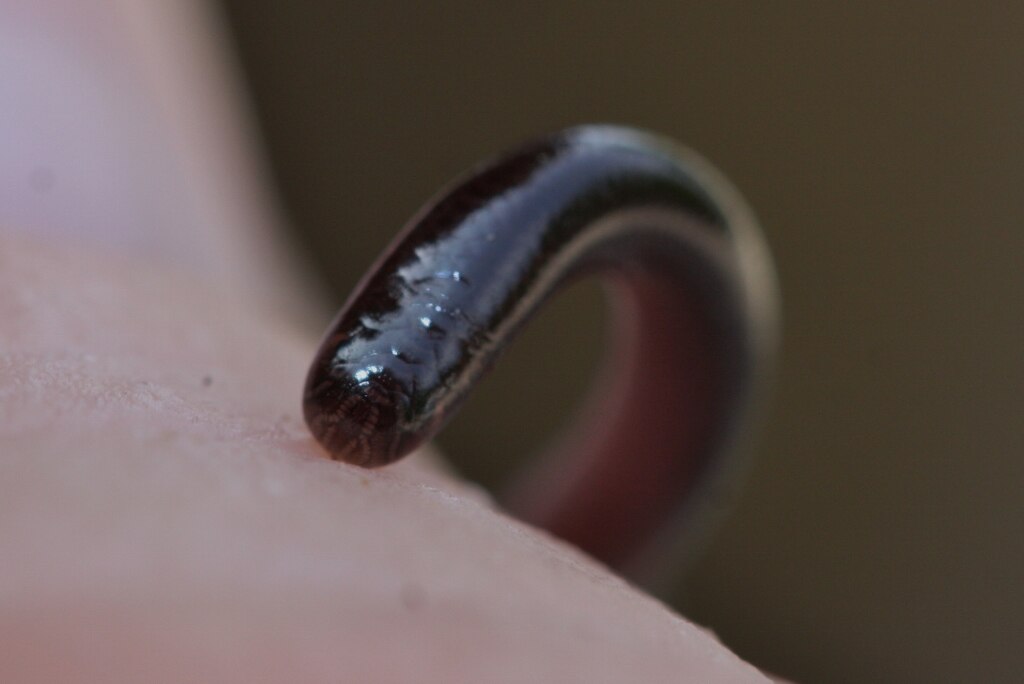
Among the most specialized of desert cave serpents are the various species of blind snakes (family Typhlopidae and Leptotyphlopidae), which represent true cave adaptation taken to remarkable extremes. These small, worm-like snakes have vestigial eyes covered by scales, rendering them functionally blind but perfectly adapted to the perpetual darkness of deep cave systems. Their cylindrical bodies, smooth scales, and blunt heads are ideally suited for burrowing through soft cave sediments or squeezing through tiny crevices in search of their primary prey—ant and termite eggs, larvae, and pupae. Some blind snake species spend almost their entire lives underground, either in caves or soil, emerging to the surface only rarely during heavy rains. Their incredible specialization demonstrates the evolutionary potential for adapting to extreme niche environments within desert ecosystems.
Threats to Cave-Dwelling Desert Snakes
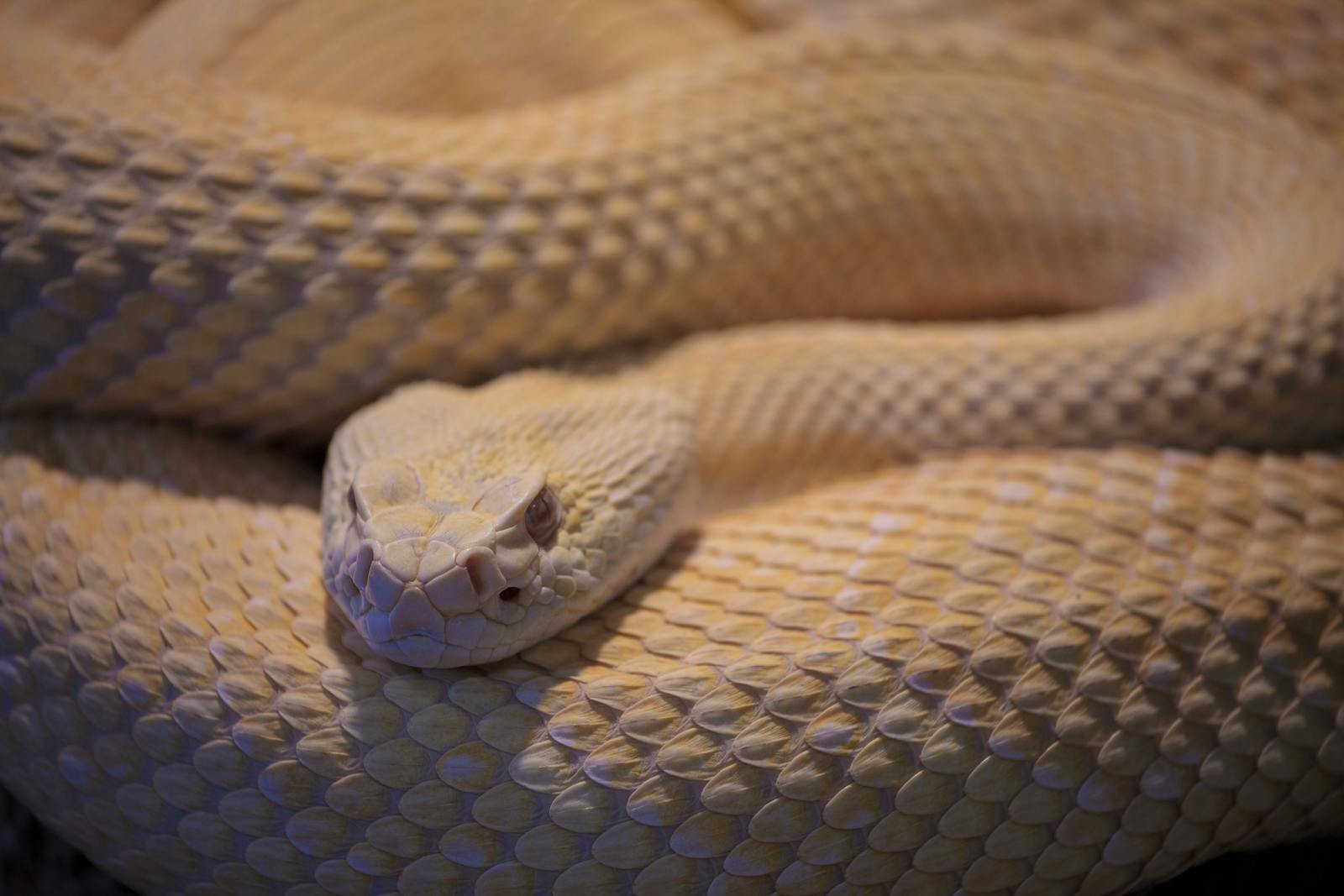
Despite their remarkable adaptations, snakes living in desert caves face numerous threats in the modern world. Climate change presents perhaps the most significant long-term challenge, as rising temperatures and altered precipitation patterns affect the delicate hydrological balances that maintain cave microclimates. Human recreational activities in caves, including unregulated exploration and vandalism, can disturb critical habitat and disrupt breeding cycles. Mining operations and development projects that destroy or alter cave systems eliminate irreplaceable habitat for these specialized serpents. Additionally, the illegal collection of certain species for the exotic pet trade poses a serious threat to some populations, particularly for visually striking species like the Rosy Boa or rare blind snake species that command high prices among collectors.
The Ecological Importance of Cave Serpents
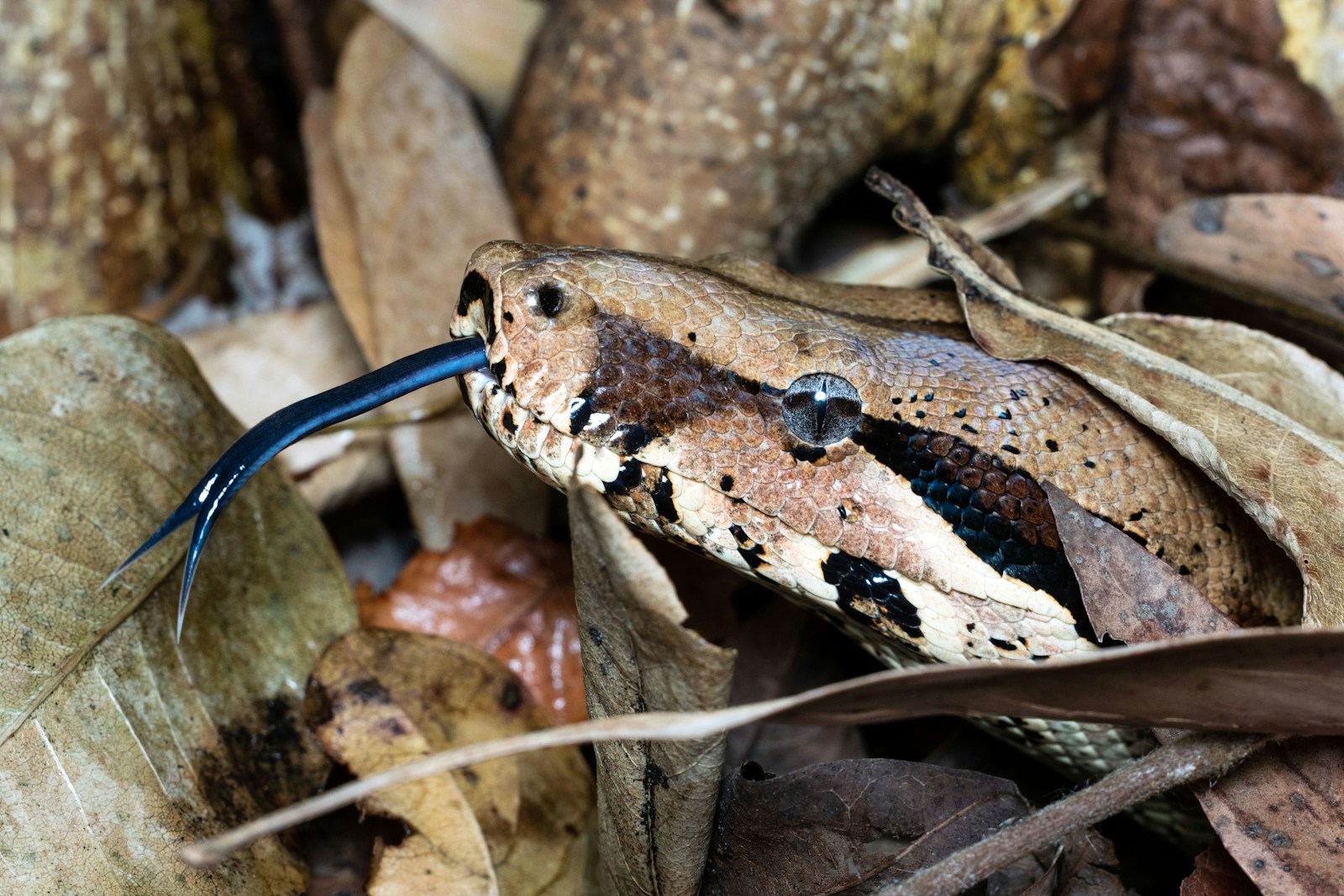
Desert cave snakes play crucial ecological roles that extend far beyond their underground homes. As predators, they help control populations of rodents, insects, and other small animals that might otherwise experience unchecked population growth. Their feeding activities transport nutrients between surface and subsurface ecosystems, creating important ecological linkages. Many species serve as prey themselves for larger predators, forming critical links in desert food webs. Some cave-dwelling snakes have coevolved relationships with other cave organisms, including bats—feeding on the insects attracted to bat guano or occasionally on the bats themselves. The presence and abundance of specialized snake species also serve as important indicators of overall cave ecosystem health, making them valuable subjects for conservation monitoring programs.
Conservation Efforts and Research Challenges
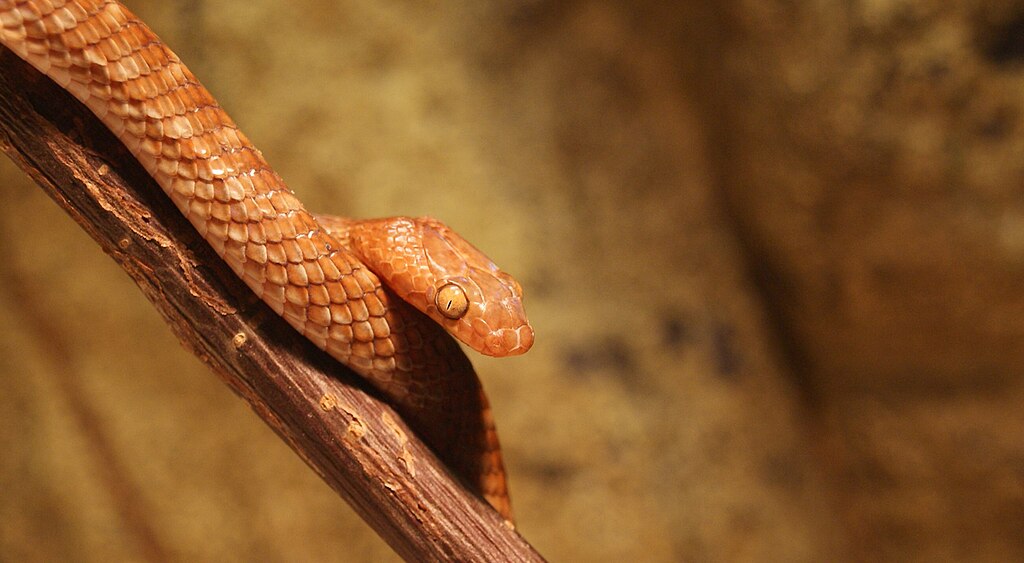
Protecting desert cave snake populations presents unique conservation challenges due to the remote and often inaccessible nature of their habitats. Research on these species typically requires specialized caving skills and equipment, limiting the number of scientists able to study them effectively. Several conservation organizations now work specifically on cave ecosystem protection, implementing measures like installing bat-friendly gates that allow natural wildlife movement while preventing human disturbance. Ongoing research focuses on documenting the full diversity of snake species utilizing cave habitats, as new discoveries continue to emerge from unexplored cave systems. Education efforts targeting recreational cavers and local communities help raise awareness about the ecological importance of these often-misunderstood reptiles and the fragile environments they inhabit.
The Future of Desert Cave Serpents
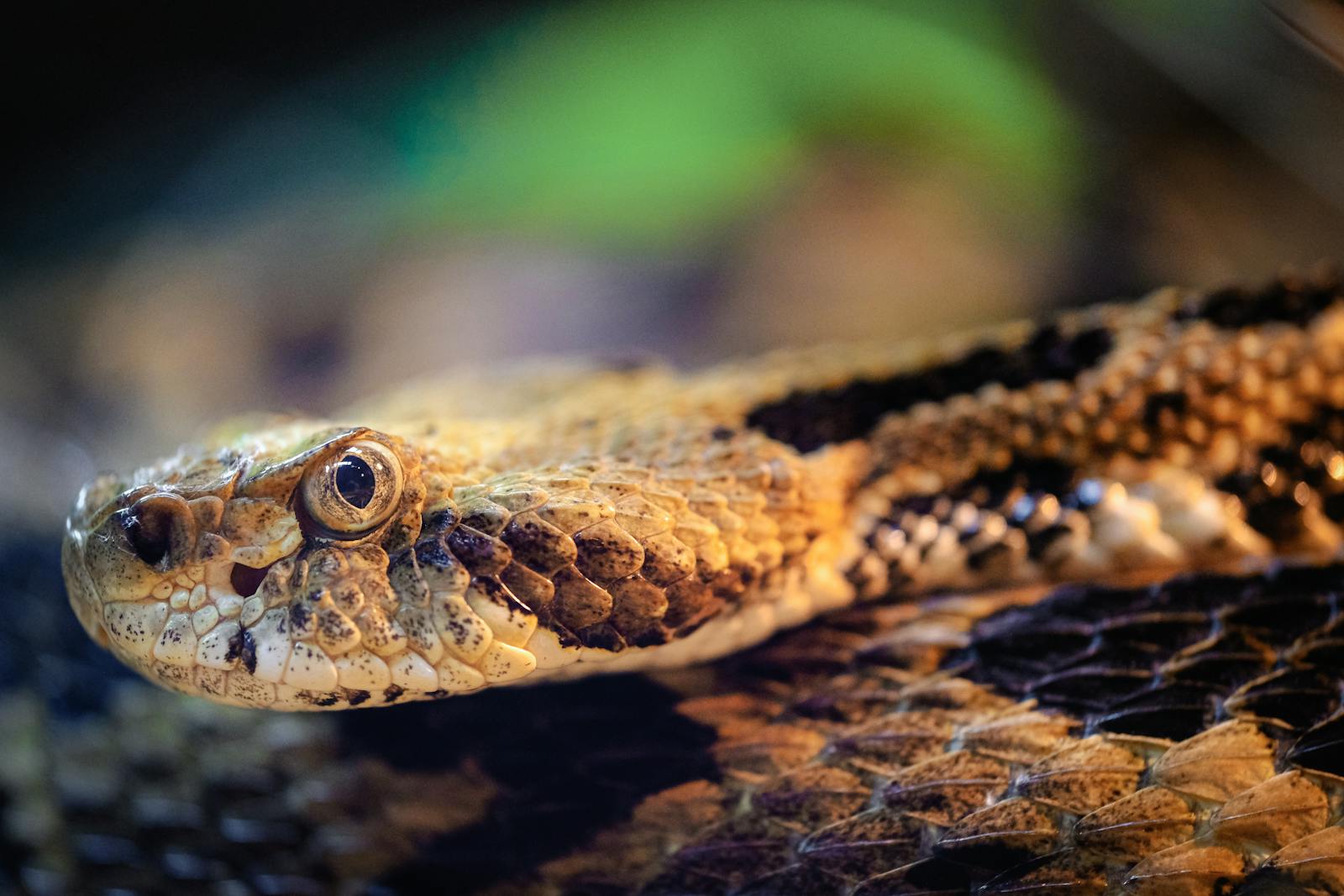
The future of snakes living in desert caves remains uncertain as they face mounting environmental pressures. Their specialized adaptations, while remarkable, may limit their ability to adjust to rapidly changing conditions brought about by climate change and human activity. However, these same specializations have allowed them to survive in challenging environments for millions of years, suggesting significant evolutionary resilience. New research using environmental DNA sampling, remote camera traps, and minimal-impact monitoring methods promises to expand our understanding of these secretive creatures without disturbing their habitats. Conservation success will ultimately depend on protecting entire cave ecosystems and the surrounding landscapes that support them, ensuring that these remarkable serpents can continue their subterranean existence in desert realms for generations to come.
From the specialized blind snakes that rarely see daylight to opportunistic predators like rattlesnakes that use caves as seasonal refuges, the snakes of desert caves represent a fascinating example of evolutionary adaptation to extreme environments. Their story illustrates nature’s remarkable ability to find life-sustaining niches even in seemingly inhospitable landscapes. As we continue to explore and understand these mysterious underground habitats, we discover not just the remarkable adaptations of their serpentine inhabitants, but also the fragile interconnectedness of desert ecosystems above and below the surface. These desert cave dwellers remind us that life finds a way—even in the darkest corners of Earth’s most challenging environments.

